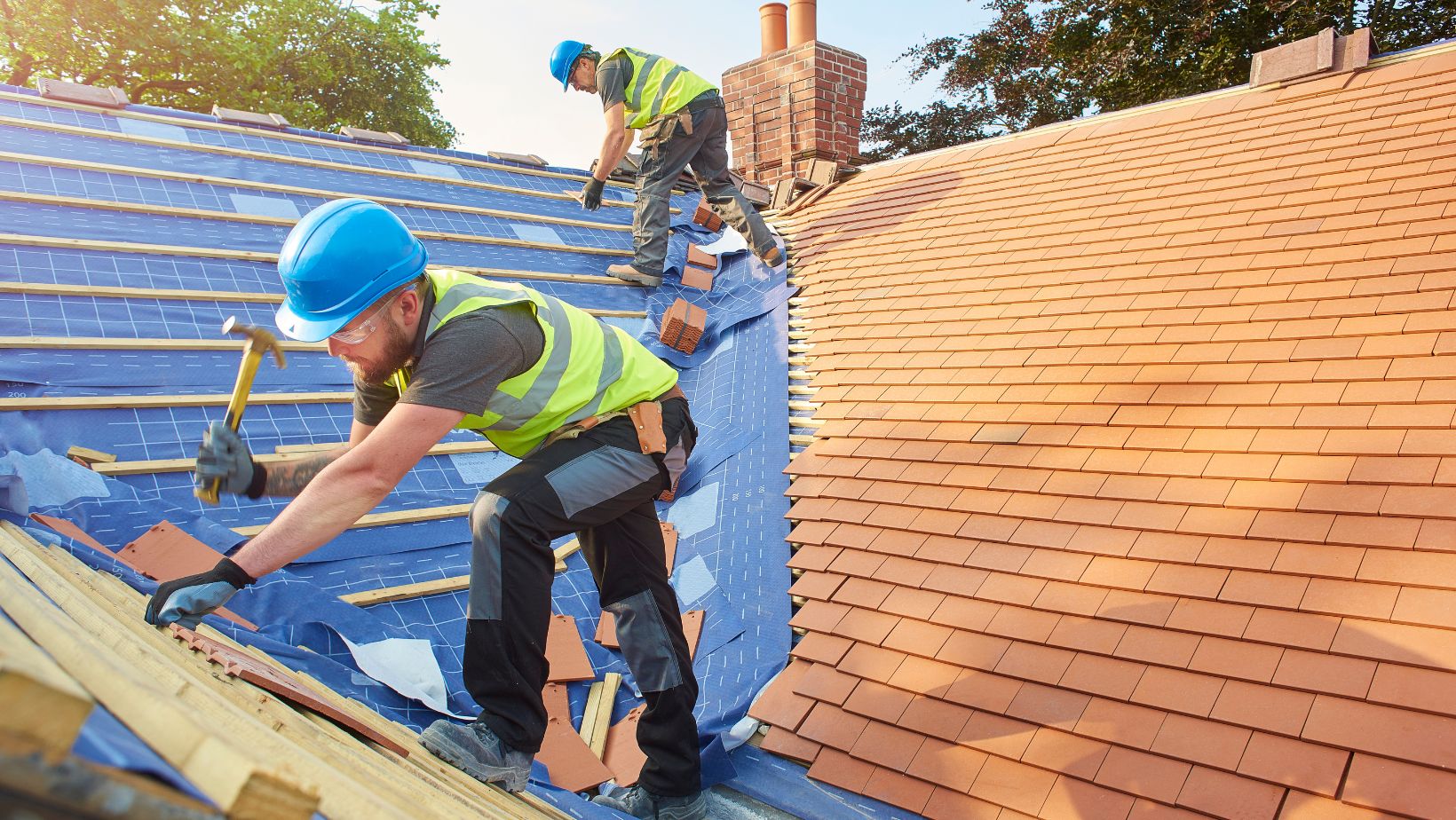Spring storms in Tennessee aren’t just a minor inconvenience. Between heavy rain, hail, strong winds, and the occasional tornado, your roof takes a beating. Having a strong, storm-ready roof can mean the difference between minor repairs and major damage that empties your wallet. Before the next storm system rolls through, it’s smart to spend a little time making sure your roof is up to the challenge. Here’s what Tennessee homeowners should check to stay protected.
1. Look Closely for Missing or Damaged Shingles
It’s easy to overlook a few missing shingles until a major storm turns them into a full-blown leak. Shingles are your roof’s first line of defense against water, wind, and flying debris. If any are missing, cracked, curling, or have lost a lot of granules, they need attention.
Walk around your home with a pair of binoculars and inspect the roof from the ground. You’re looking for bare patches, odd coloring, or obvious lifting at the edges. Even if it looks minor now, those weak spots can rip open under strong wind gusts.
If you’re unsure what you’re seeing, reach out to a local roofing company for a professional inspection. A second pair of trained eyes can catch trouble you might miss.
2. Examine Flashing and Seals for Gaps
Flashing is the thin metal that covers joints around chimneys, skylights, and vents. It’s designed to keep water out of the seams where materials meet. When flashing gets loose, corroded, or bent, rainwater has a clear path right into your attic.
Seals around roof penetrations (like plumbing vents) also need a once-over. Over time, caulking and rubber boots can dry out, crack, and let water seep through.
It doesn’t take much of a gap to cause major water damage once storm season hits. If you notice any rust, loose sections, or deteriorating seals, schedule repairs immediately.
Many Tennessee homeowners are surprised how quickly a small flashing problem can escalate. After all, once water gets past your roof’s defenses, it will find its way into ceilings, walls, and insulation; leading to mold, rot, and costly repairs.
3. Clean Out Gutters and Downspouts
Gutters are critical for directing rainwater off your roof and away from your home’s foundation. But if your gutters are clogged with leaves, sticks, and debris, the water backs up. That backed-up water can pool along your roof edges, leading to rot, leaks, and even ice dams in the colder months.
Grab a sturdy ladder and gloves and clear out your gutters. Flush them with a hose to make sure they’re draining properly. Check that downspouts extend several feet away from your foundation and aren’t blocked.
If climbing a ladder isn’t your thing or if you have a multi-story home, consider hiring a professional to do the cleaning. Well-maintained gutters might not be glamorous, but they’re one of the simplest ways to prevent storm damage.
Another tip: while you’re up there, inspect for sagging sections or loose brackets. Gutters should be firmly attached and angled correctly so water flows smoothly.
4. Assess Attic Insulation and Ventilation
Storm prep isn’t just about the outside of your roof. What’s happening underneath matters too. Poor attic insulation and ventilation can lead to moisture buildup and increase the risk of roof damage.
Start by checking the insulation level. In Tennessee’s climate, you generally want at least 13–18 inches of fiberglass or cellulose insulation. If your attic insulation is compressed, patchy, or insufficient, your home will struggle with heat loss and your roof could pay the price.
Ventilation is just as important. Without proper airflow, your attic can become a sauna during hot weather, weakening roofing materials and shortening their lifespan. Moisture from indoor air can also condense inside the attic during stormy, humid days, leading to mold.
Look for intake vents (usually under the eaves) and exhaust vents (near the roof peak). Make sure they’re not blocked by insulation, debris, or bird nests. Balanced ventilation extends your roof’s life and improves your home’s energy efficiency two wins in one! If you notice a musty smell, damp insulation, or visible mold, it’s time to take action before storm season worsens the problem.
5. Schedule a Professional Roof Inspection
Even if you don’t spot obvious problems, it’s a smart move to get an expert evaluation before storm season hits full swing. Professionals have the tools and training to find hidden issues that homeowners might overlook.
They’ll assess areas like:
- Subtle shingle lifting
- Nail pops
- Early signs of sagging
- Weak points around valleys and ridges
- Chimney flashing condition
- Overall roof structure stability
Many reputable Tennessee roofers offer free or affordable inspections, especially leading up to storm season. It’s worth it for peace of mind alone. If repairs are needed, catching them early is almost always less expensive than waiting until after a major storm.
When hiring help, make sure the company is licensed, insured, and familiar with Tennessee’s specific weather challenges from heavy spring storms to high summer heat. Plus, if you ever need to file an insurance claim after storm damage, having records of recent inspections can help strengthen your case.
Don’t Wait Until It’s Too Late
Storm season doesn’t wait for anyone. A small investment of time now; inspecting shingles, flashing, gutters, attic conditions, and getting a pro’s opinion can save you from emergency repairs, insurance headaches, and major expenses later.
Tennessee’s weather can turn wild quickly, but a storm-ready roof means you’ll be better protected, rain or shine. Get your roof checked now, fix any issues you find, and head into the season with confidence.




More Stories
Emergency Property Restoration and Damage Recovery Services in Greenfield, MA
Mr. Kraken — Your Trusted Partner for Home Repairs and Renovations
Powering Up My Home: How a Level 2 ASP Electrician Changed Everything